Please help us save the “By a Whisker” Legacy Forest and the Elwha River Watershed from more extractive logging!
“By a Whisker” is a legacy forest timber sale on the ridgeline above Lake Sutherland. Unit 2 is 100 acres and within the Elwha River watershed, Unit 1 is next to Unit 2 and is in the Lyre River watershed. “By a Whisker” is scheduled for auction in 2028.
Jump straight to Take Action!
We celebrate the preservation of the “Shore Thing” Legacy Forest and protection of the Elwha River Watershed from more extractive logging!
“Shore Thing” is a legacy forest timber sale encompassing 100 acres over 4 units around Lake Sutherland, and all are within the Elwha river watershed. With agreement from our Clallam County Commissioners and the DNR, it is now being saved as part of the WA State Natural Climate Solutions Program!
Join us Saturday, May 11 1-4pm – Forest Conservation Spring Celebration!
Please join us to see our newly protected forest (Shore Thing), hear live music from Whump Acoustic Duo (Formerly Tuff Puffin), have fun with arts and crafts, and have a bite to eat. Bring the whole family – even the dog!
Where: Wandering Joy Campground at 233035 US-101, Port Angeles, WA
Shore Thing
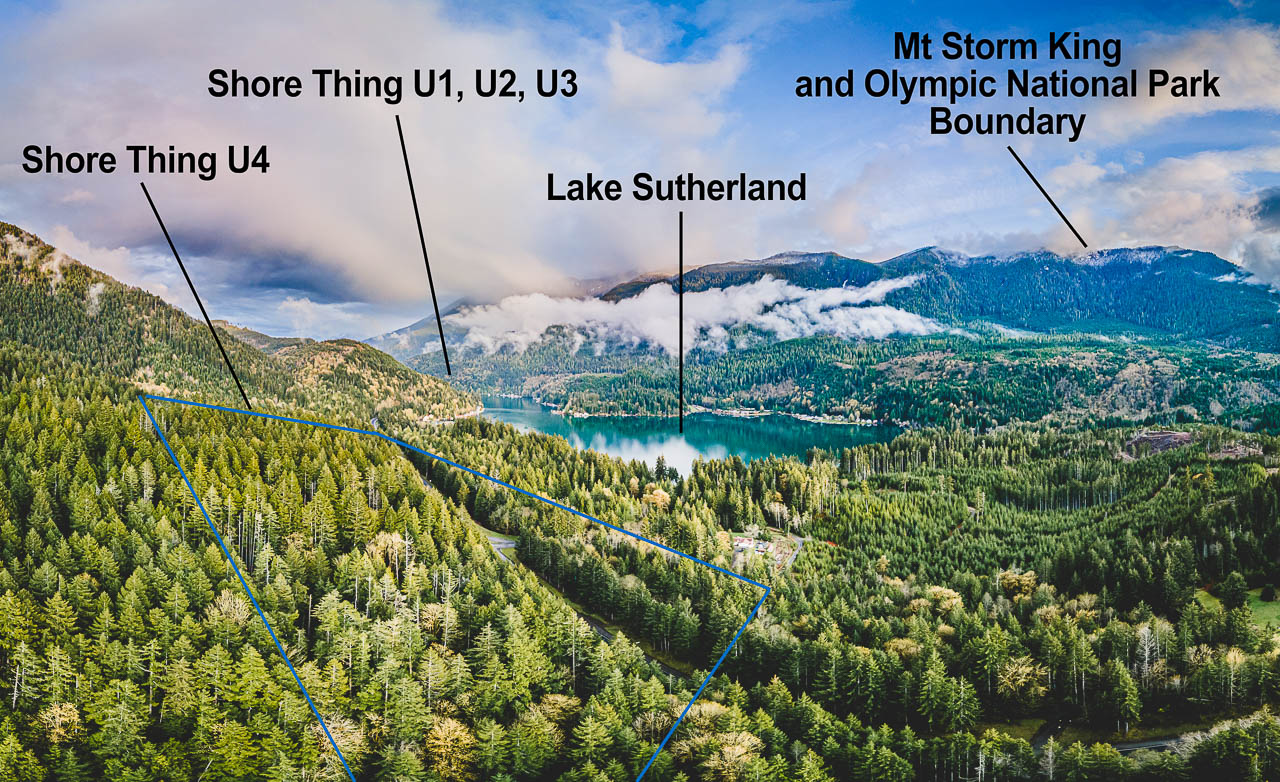
To quote our County Commissioners in a subsequent letter:
“The Shore Thing sale is more remote, on steeper slopes, directly adjacent to already-protected forest with Marbled Murrelet habitat, supports local recreational uses and contains as beautiful and intact a legacy forest as exists on any DNR parcel in Clallam County.”
We couldn’t have said it better ourselves.
Shore Thing is a legacy forest, naturally grown and not a monoculture plantation forest. It contains large diameter trees, complex forest canopies & understories, and legacy forest characteristics, including snag and large wood on the forest floor.
Shore thing was proposed for conservation by the Clallam County Board of Commissioners and the DNR agreed! It will be preserved as part of the WA State Natural Climate Solutions Program, where replacement tree plantation land will be purchased. See the letter that was sent to the DNR:
Recreation and Impact on Small Businesses
The Shore Thing forest is in a recreation & vacation destination, with the bulk of it located along Highway 101 at Lake Sutherland. Logging it would create a scar on the landscape for a decade or more that will affect local tourism businesses like Wandering Joy Campground, Shadow Mountain RV and Magic Forest Tours. Lake Sutherland is a popular recreation and vacation destination.
This stretch of Highway 101 is the gateway to Olympic National Park and the beautiful Lake Crescent. It would create a lasting impression on tourists of how we care for our precious natural resources. The scar would destroy the fantastical feeling of entering the remote, rugged wilderness.
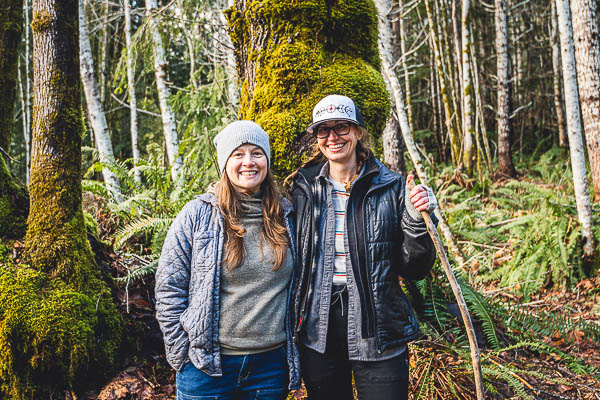
Wandering Joy Campground is a women owned, small business started in 2022. Their mission is providing a safe and inclusive outdoor space, while respecting and protecting the health and wellness of the land they are on.
Elwha River Watershed
Lake Sutherland, Indian Creek and the Elwha River
With the removal of the 2 dams on the Elwha River, there’s a $324.7 million dollar effort to restore the Elwha watershed. This includes work to restore salmon access to Indian Creek and Lake Sutherland. The “Shore Thing” forests and “By a Whisker” Unit 2 are part of the watershed that feeds Lake Sutherland, which flows into Indian Creek and then the Elwha River.
Legacy forests play a crucial role in protecting water quality. Trees in these forests act as natural filters, removing pollutants and contaminants from the water before it reaches streams, rivers, and lakes. They also help to prevent soil erosion and sedimentation, which can clog water sources and decrease their quality. Additionally, the root systems of trees in legacy forests help to regulate water flow and reduce the risk of flooding. Cutting down this forest would impact the quality of water sources in the area.
Wildlife and Biodiversity
The Shore Thing Forest provides a habitat and travel corridor for a diverse species of plants and animals adjacent to Olympic National Park. Logging it will displace or kill all of these.
Climate Change
What can we do?
Take Action!
1. Tell our Clallam County Board of County Commissioners (BOCC) that “By a Whisker” is the perfect candidate for DNR’s Natural Climate Solutions program (NCS).
Click here to send a letter urging them to participate!
“By a Whisker” is the perfect candidate for this program:
- Sale is planned for 2028, so DNR hasn’t invested in it.
- Common School and Indemnity trust, so our local Jr Taxing Districts don’t take a financial hit.
- Part of the Elwha watershed, feeding into Lake Sutherland
- Adjacent to marbled murrelet nesting sites
See this presentation for more details: DNR NCS Opportunities
2. Contact DNR
Make a public comment at the Next Board of Natural Resources Meeting – details here.
and call/email the Commissioner of Public Lands:
Hilary Franz
Phone: (360) 902-1000
Email: cpl@dnr.wa.gov
3. Visit the Center for Responsible Forestry’s (CFR) website
- Sign a Petition to protect all Legacy Forests
- Sign up for the CFR’s newsletter and action alerts (bottom of page).
4. Spread the Word
- Host or participate in a community event in this Elwha Legacy Forest
- Host a presentation in the community.
- Tell 5 friends/neighbors about the “By a Whisker” timber sale & pass on the actions info
5. Contact your Representatives
Use the sample language:
l oppose the State logging in the Elwha River watershed, in particular, the “By a Whisker” timber sale. It is a structurally complex forest with large diameter trees to the north of Lake Sutherland, which is hoped to be a recovery area for salmon. These older forests store and remove carbon from the atmosphere and play a key role in fighting the climate crisis when they are intact. I have serious concerns about how logging will impact residents’ drinking water, salmon habitat restoration efforts, and endangered species. The “By a Whisker” timber sale should be included in the DNR Natural Climate Solutions or Carbon program or otherwise protected. Please cancel the “By a Whisker” timber sale while we work to find solutions.
Email the 3 Clallam County Commissioners and ask for a response!
Randy.Johnson@ClallamCountyWA.gov
Mark.Ozias@ClallamCountyWA.gov
Mike.French@ClallamCountyWA.gov
- Senator Kevin Van De Wege kevin.vandewege@leg.wa.gov
- Representative Steve Tharinger steve.tharinger@leg.wa.gov
- Representative Mike Chapman mike.chapman@leg.wa.gov
- Senator Maria Cantwell 206-220-6400 or message via website
- Senator Patty Murray 206-553-5545 or message via website
Resources
- WA State Teacher/Student/Parent Petition to protect Legacy Forests
- Pacific Northwest Forest Climate Alliance – Call to Action
- Olympic Climate Action
- Carbon Myths Presentation
- 2022 Presidential Executive Order on preserving mature and old growth forests – Climate Forests Summary
- Climate Forests – Older Forests Factsheet
All images are ©Forest2Sea. Please contact us if you’d like to use any of these images to help save our legacy forests!

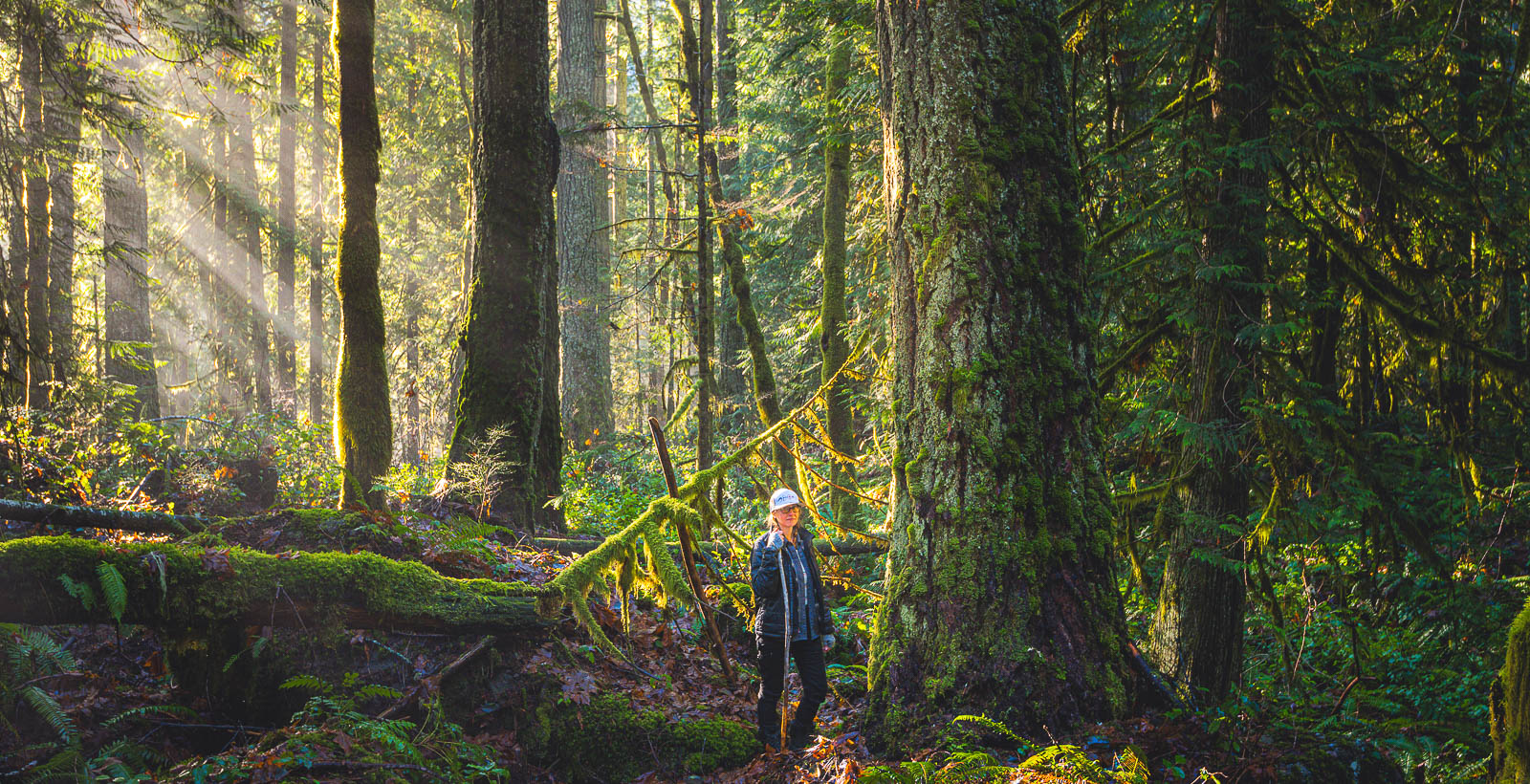
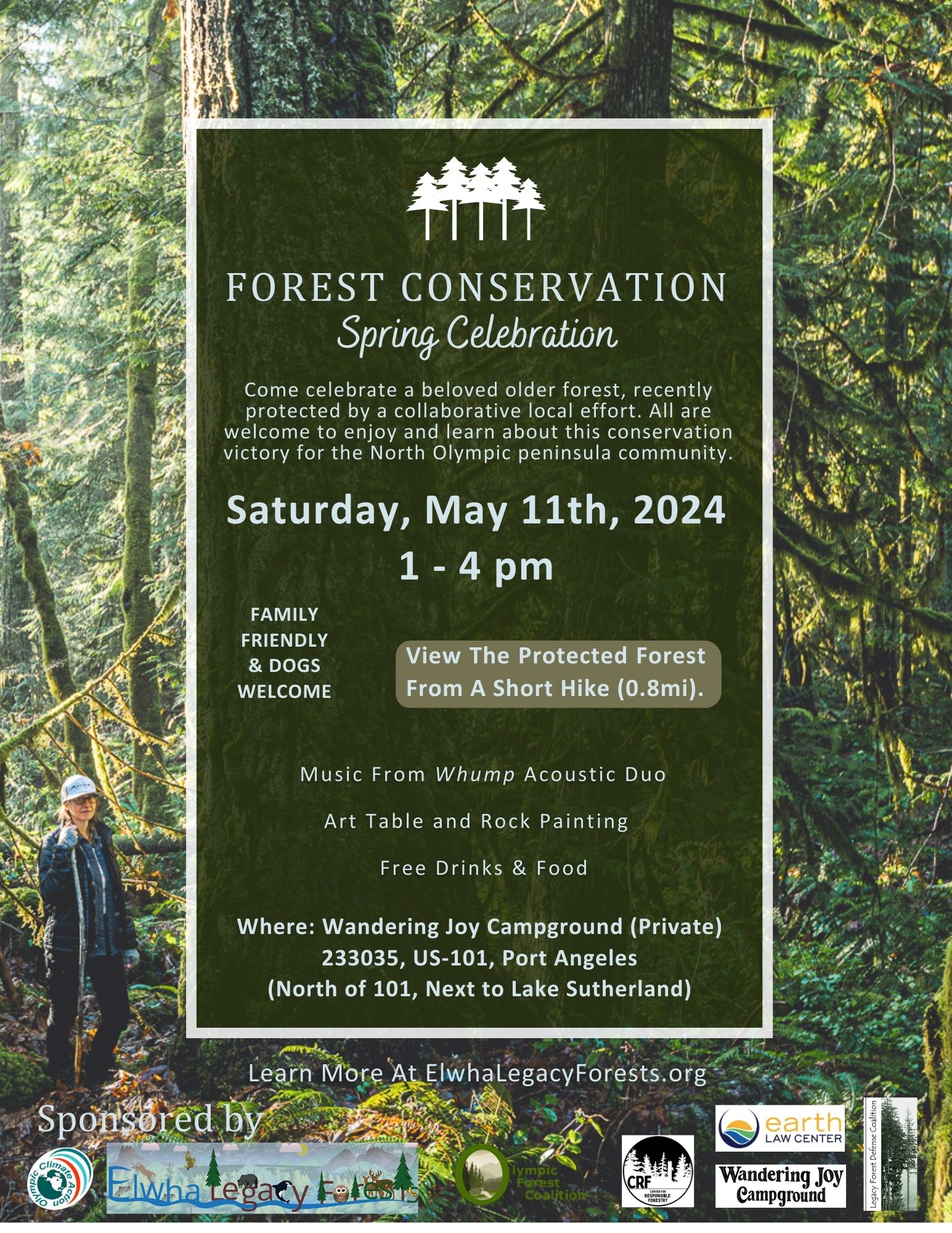
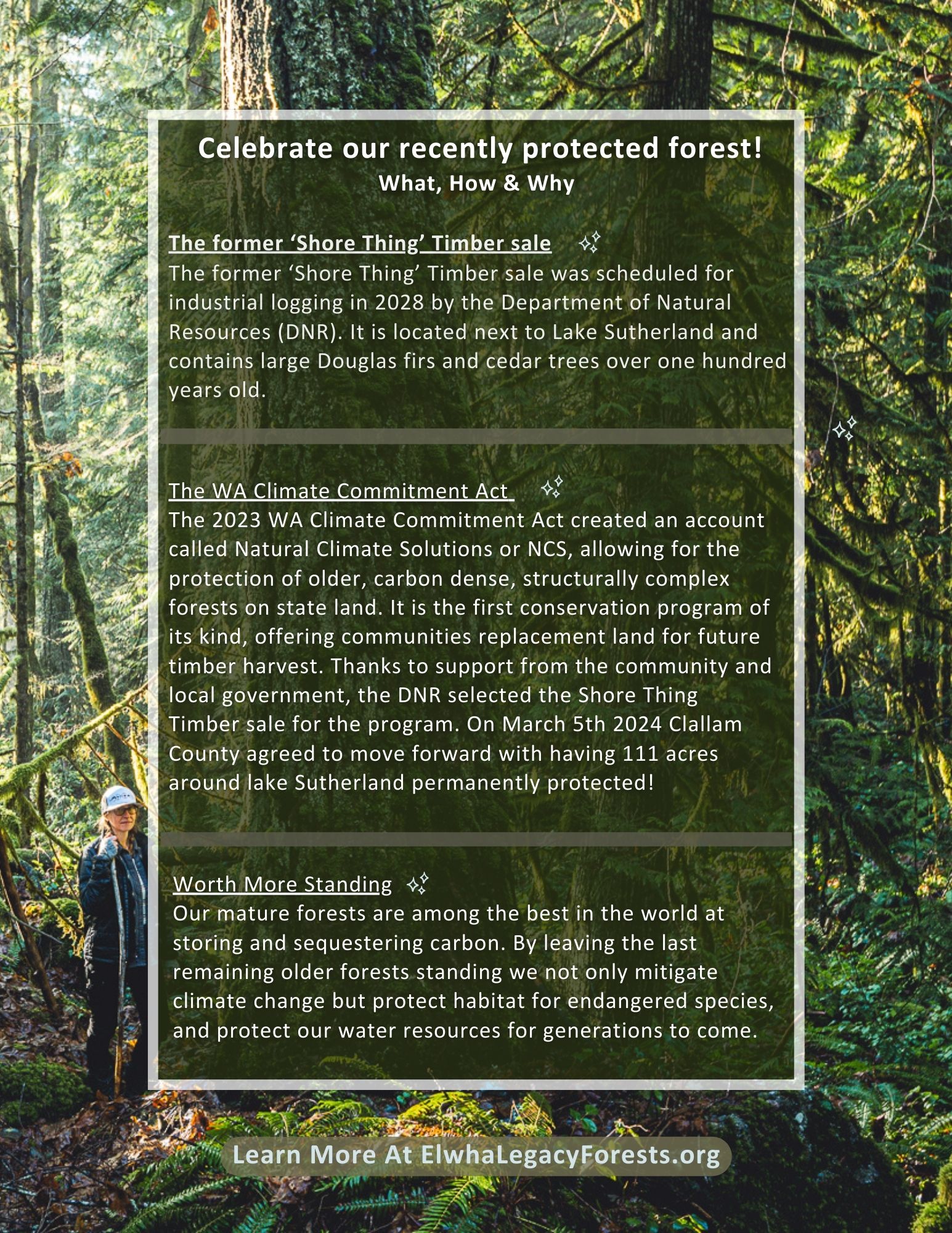
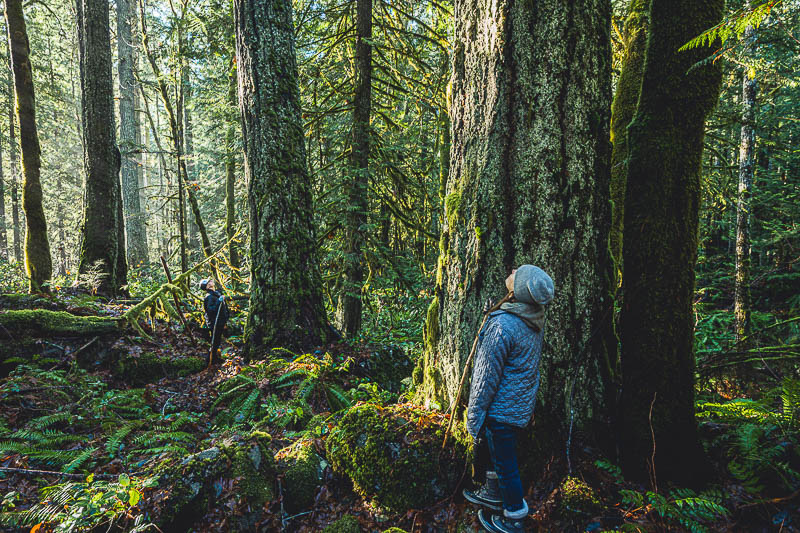
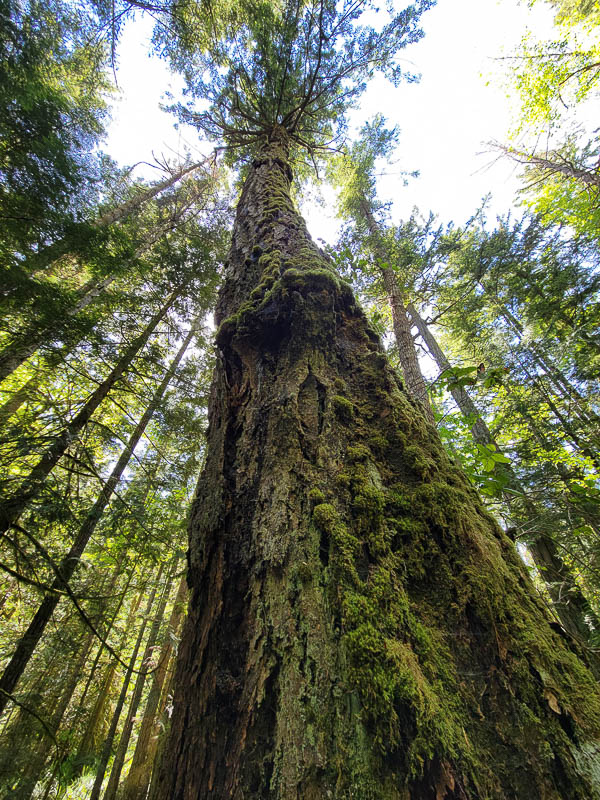
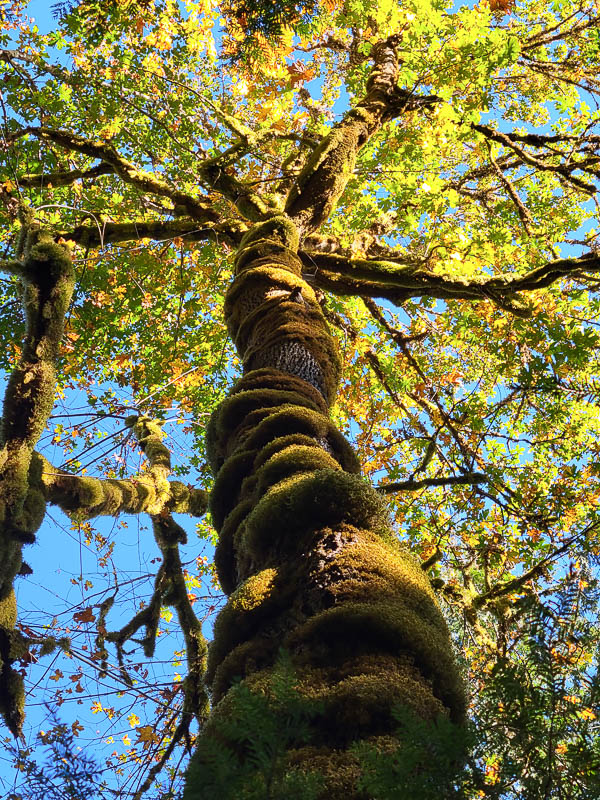
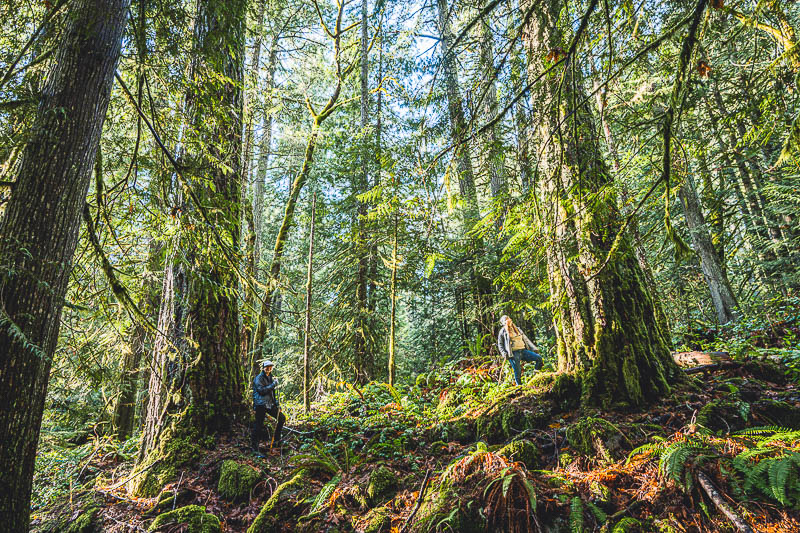

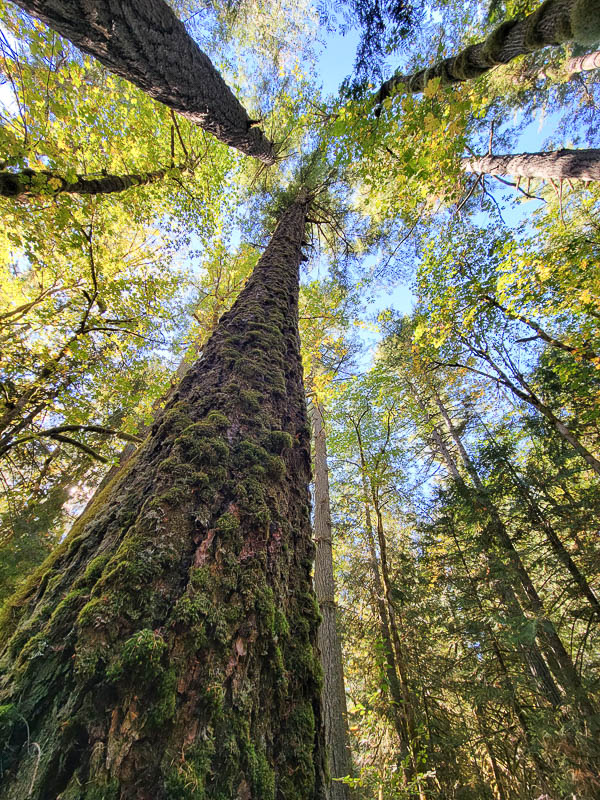
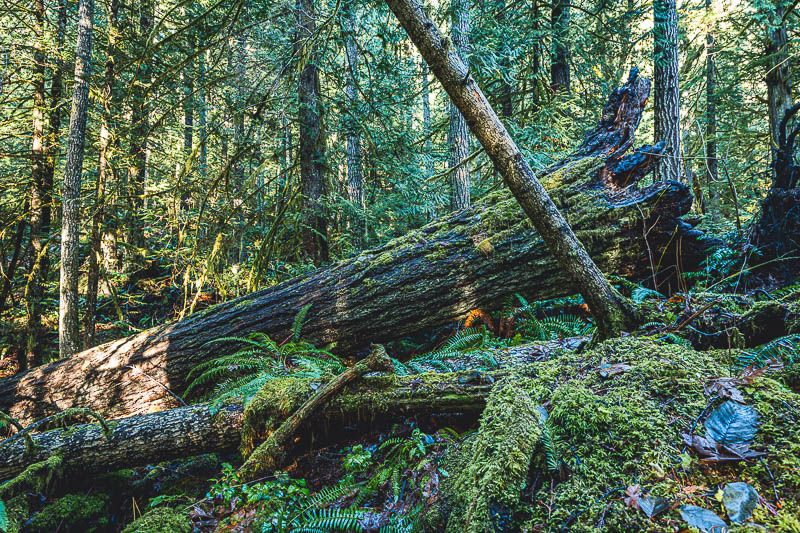
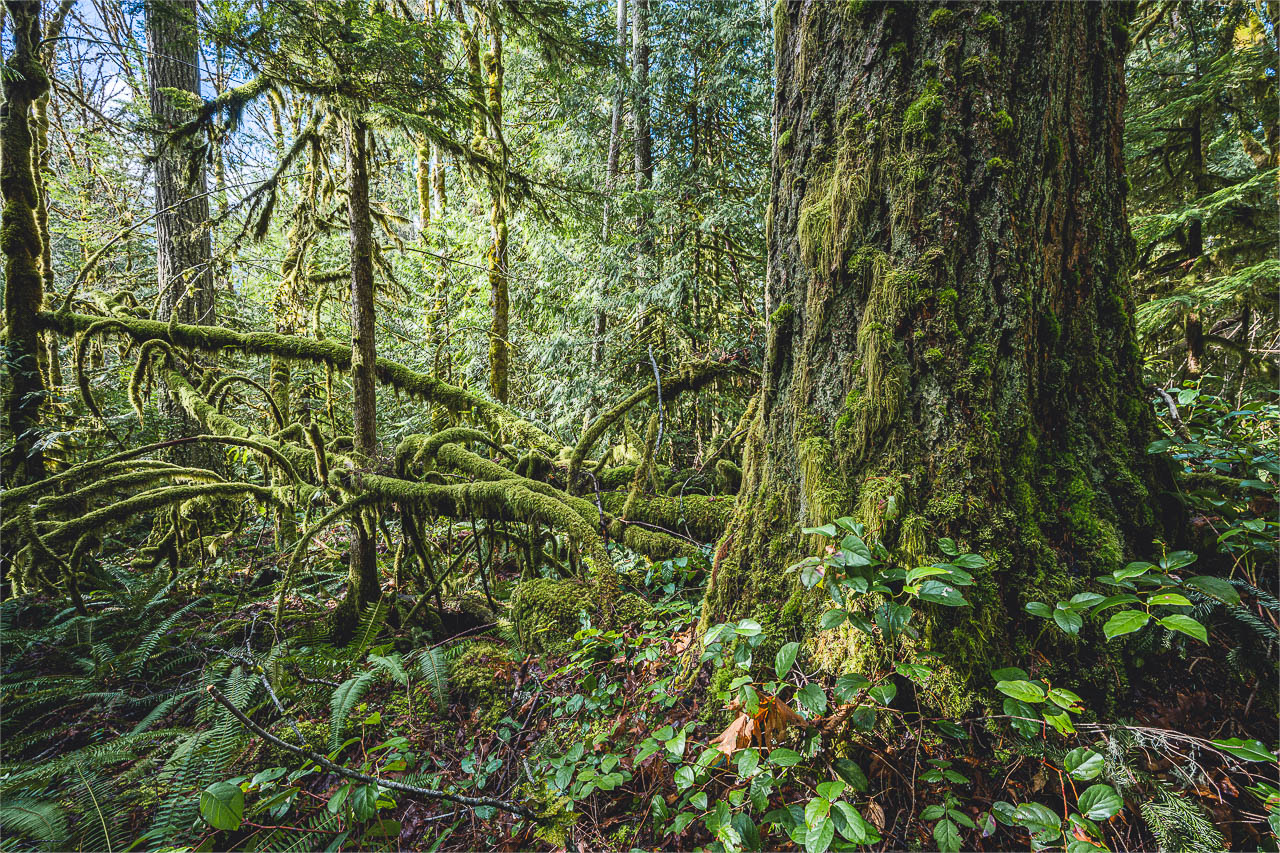
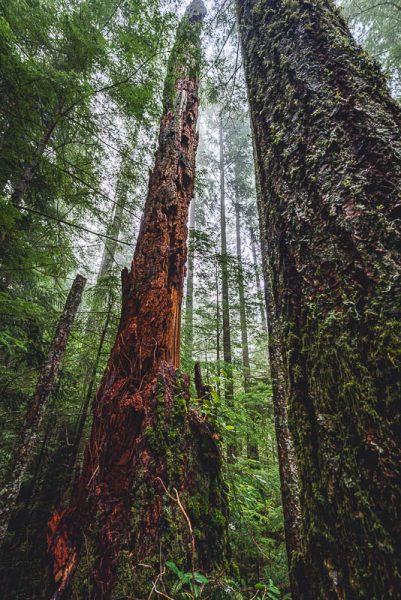
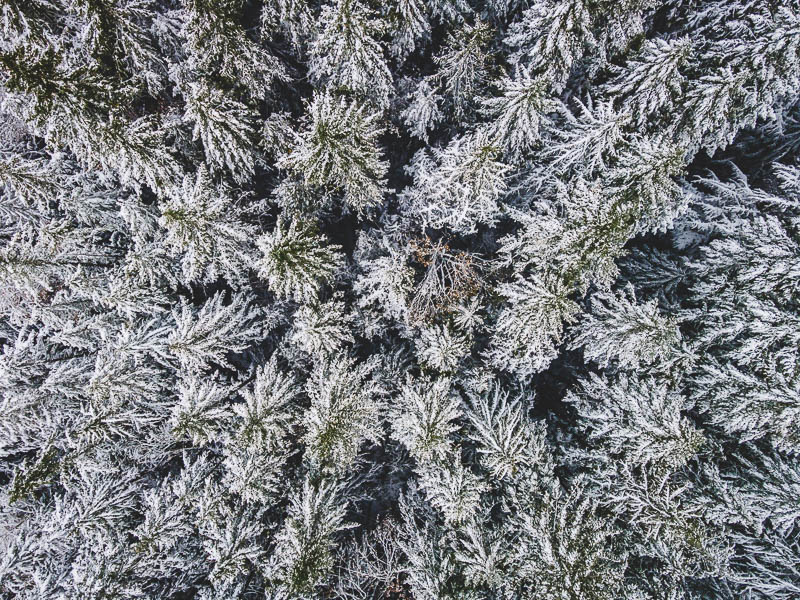

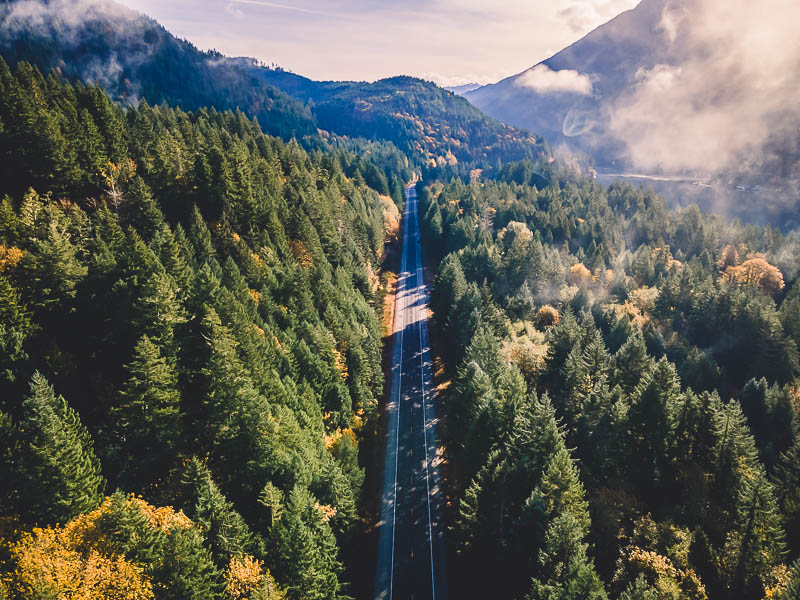
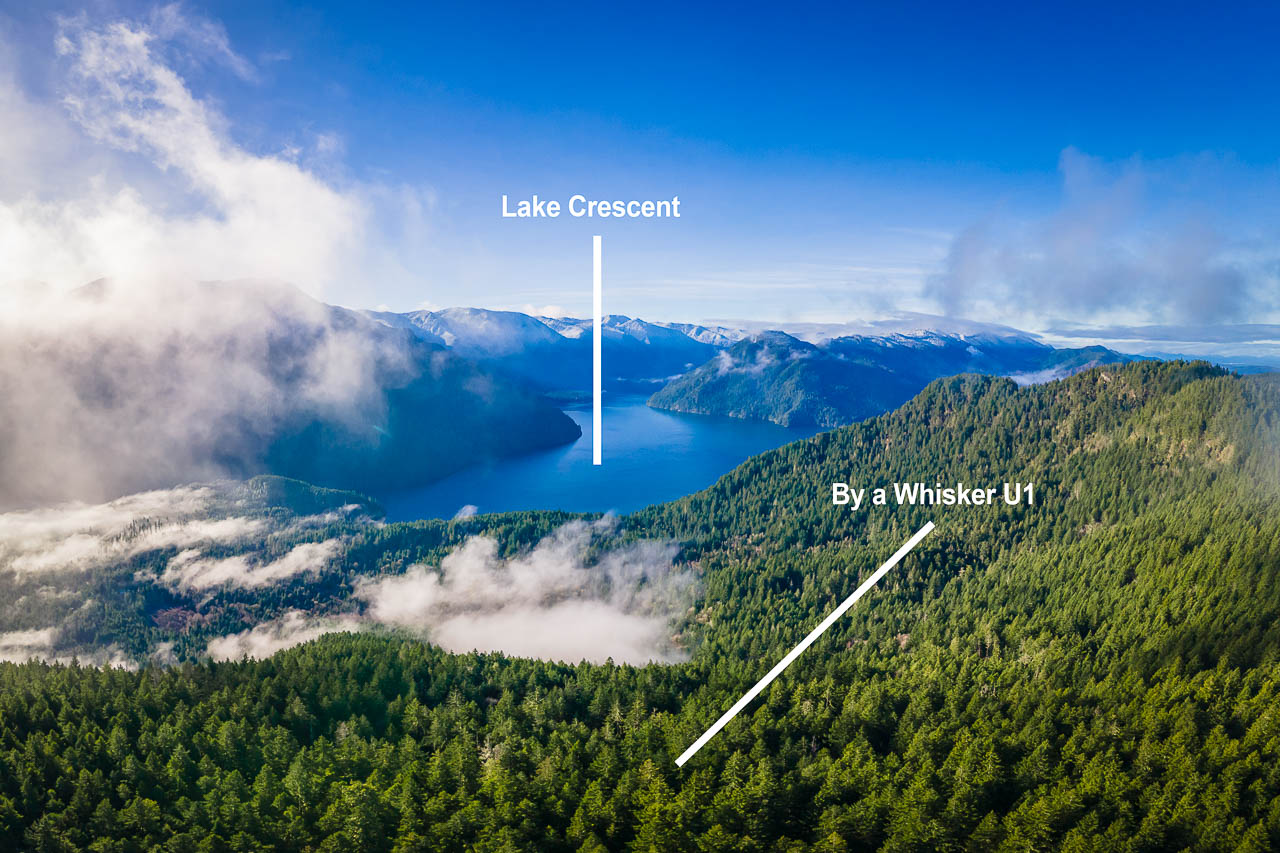
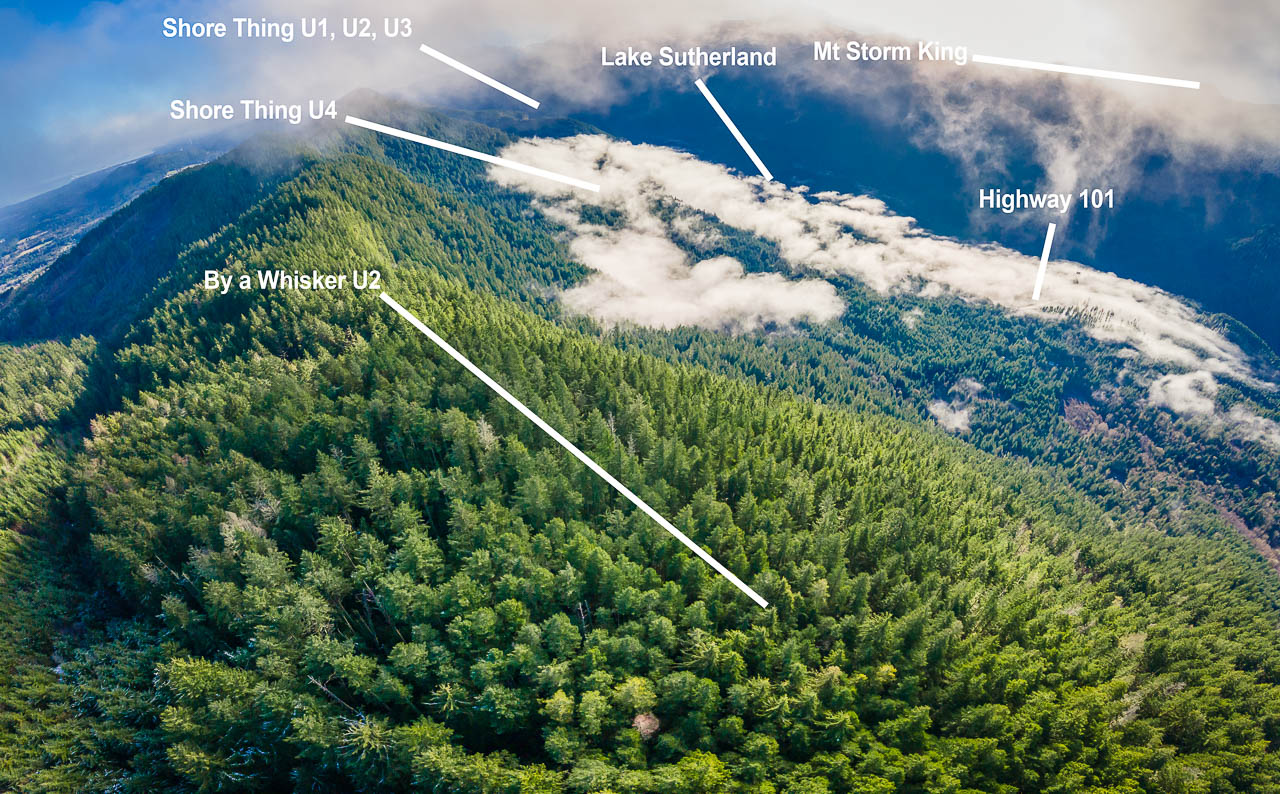
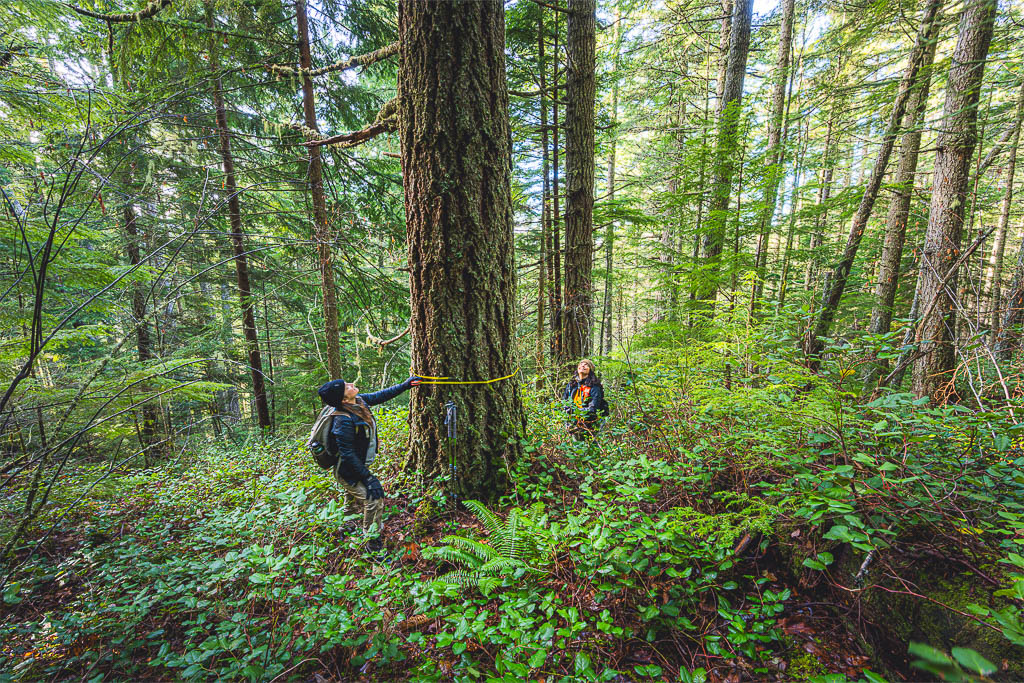
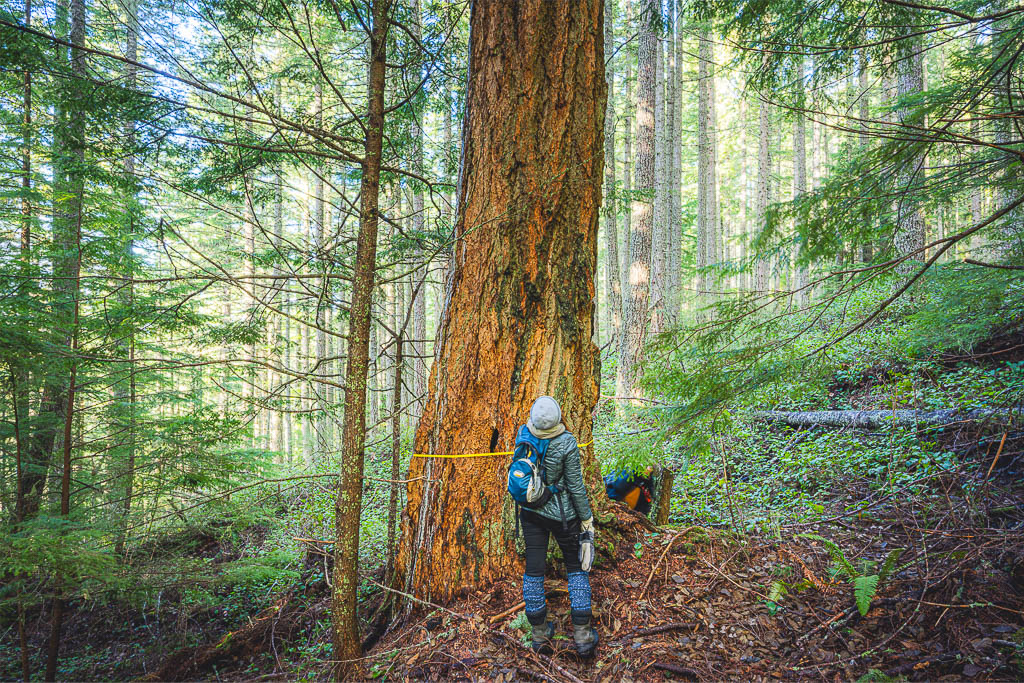
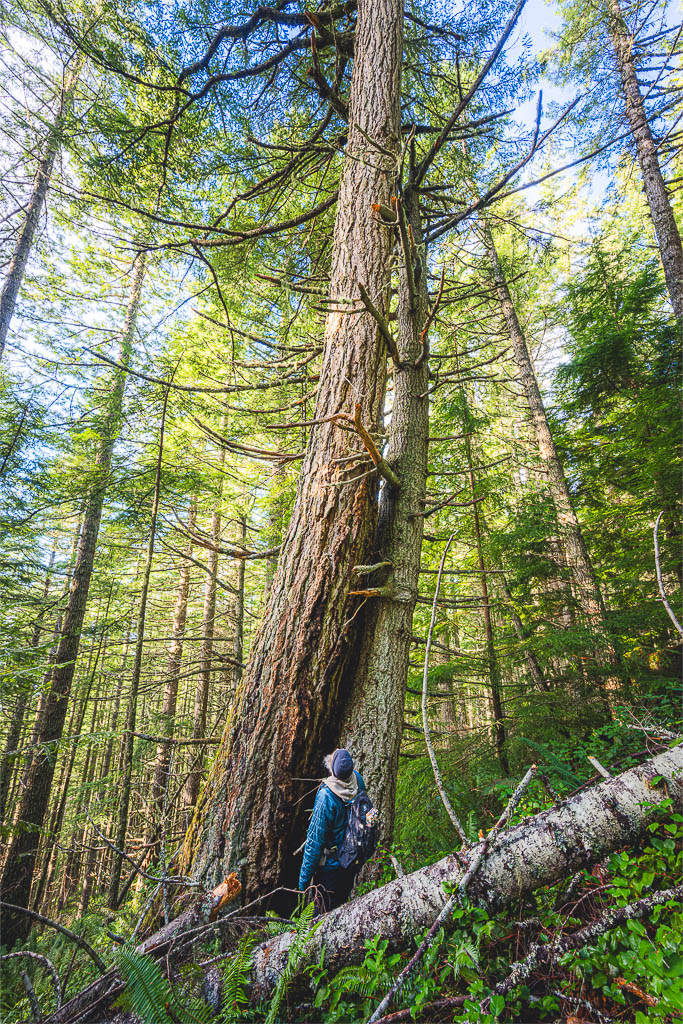
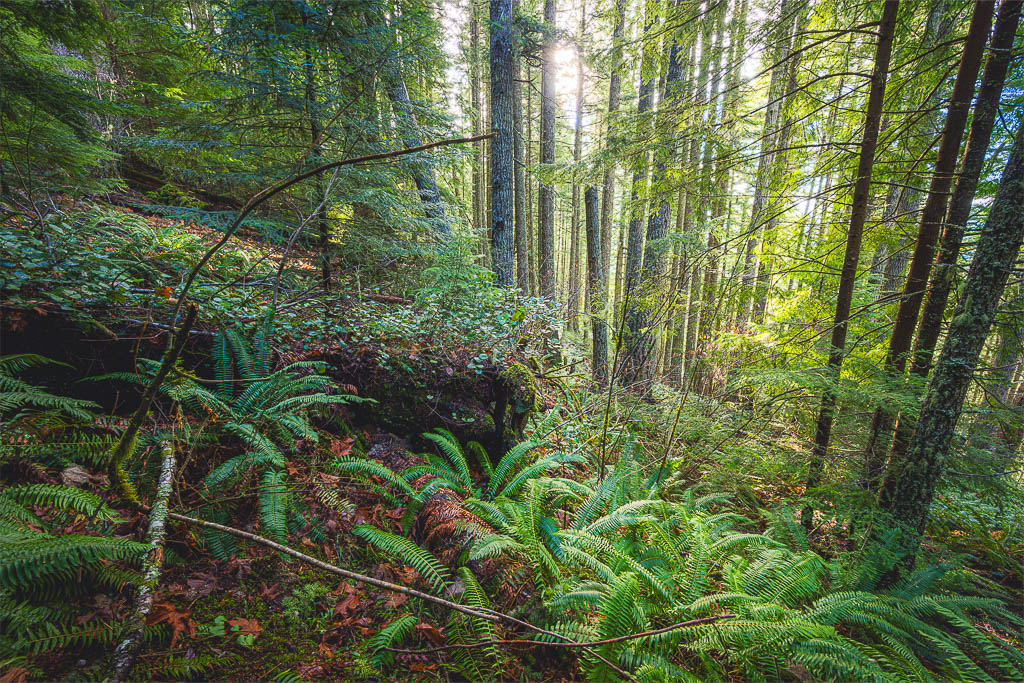
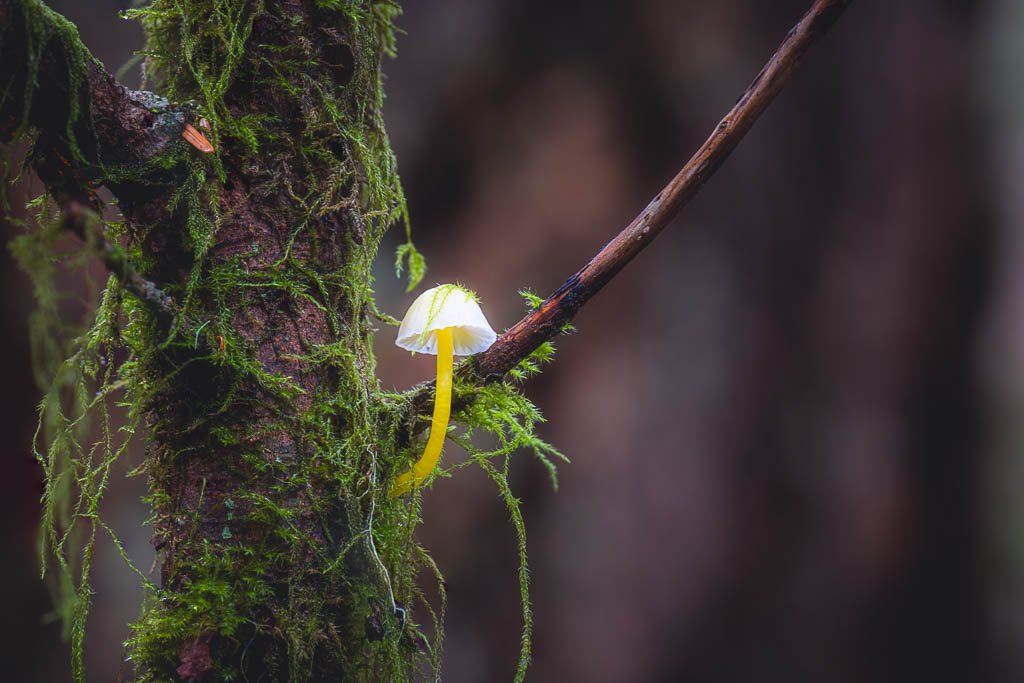
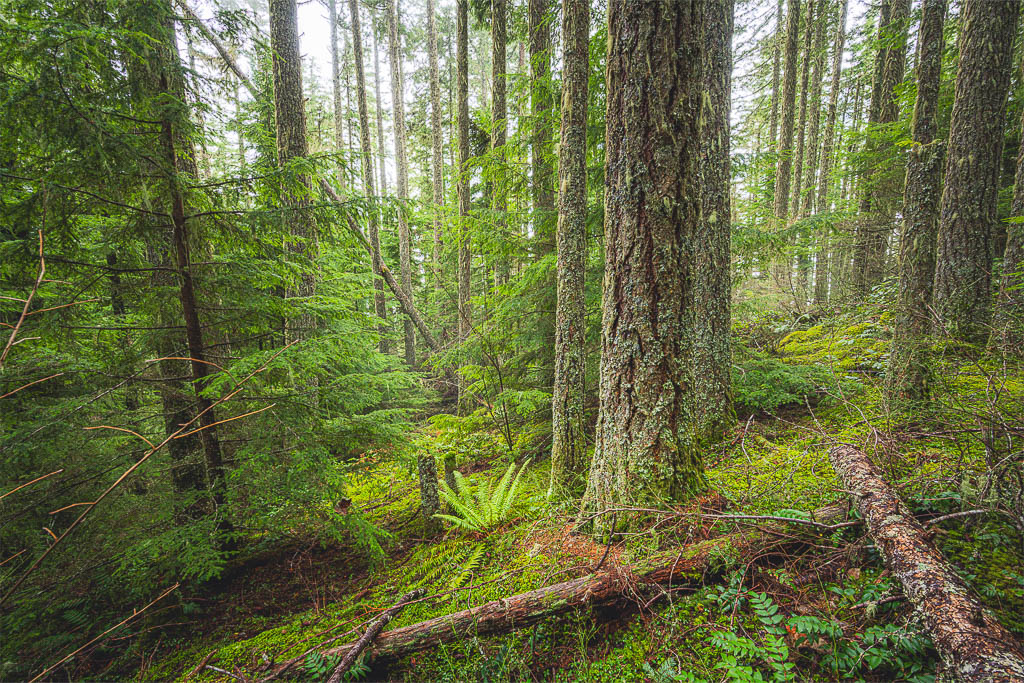
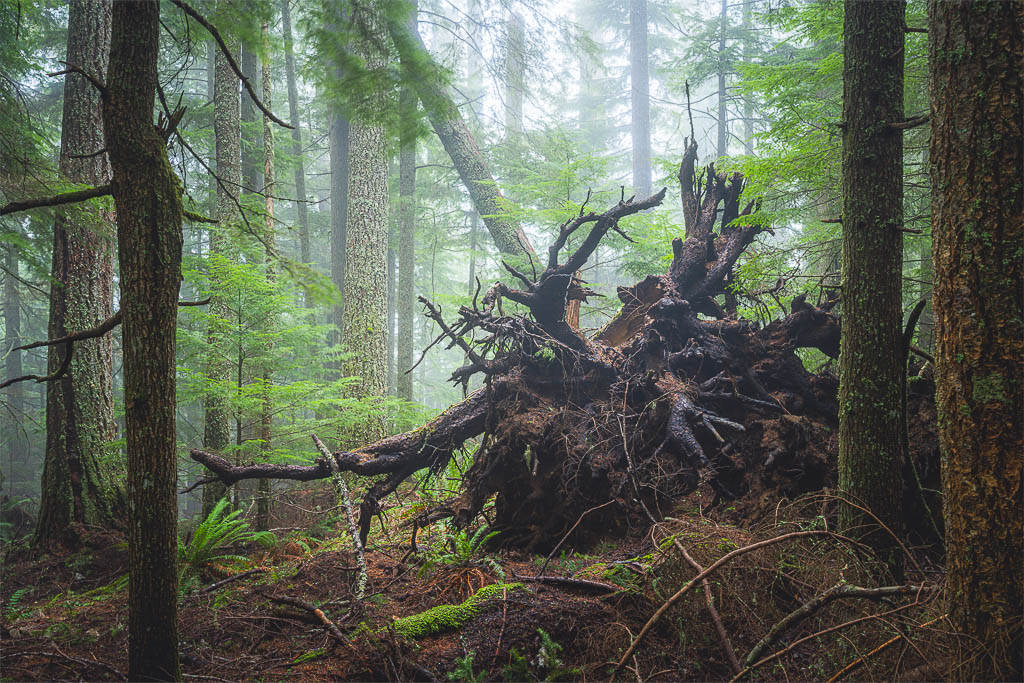
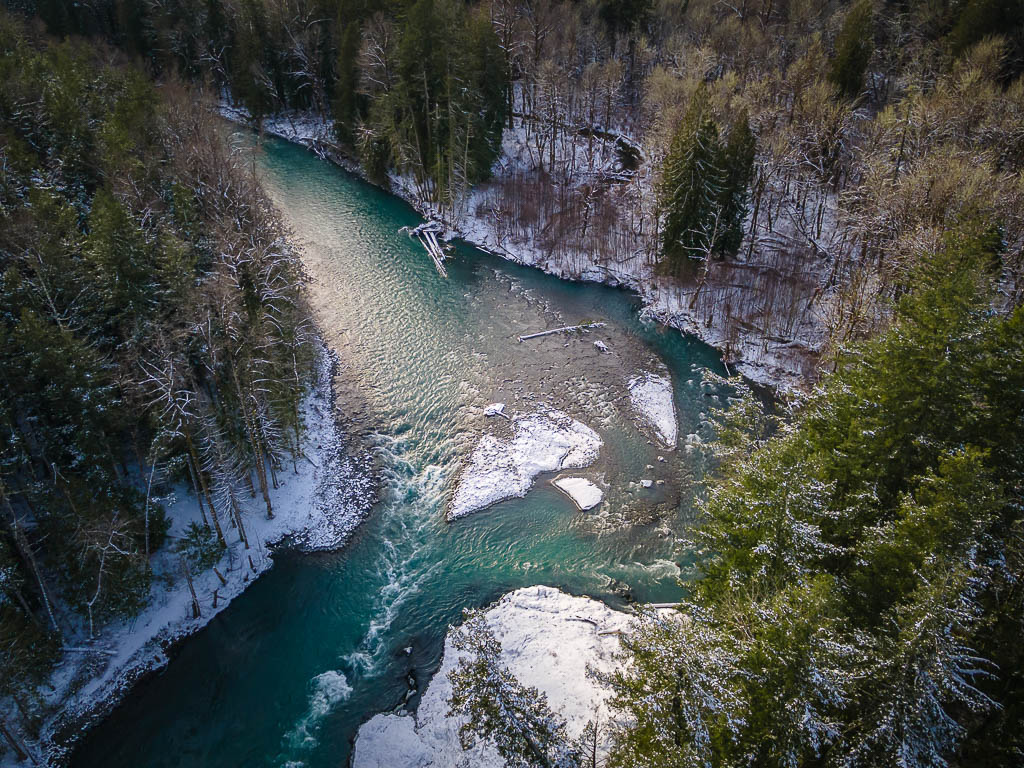
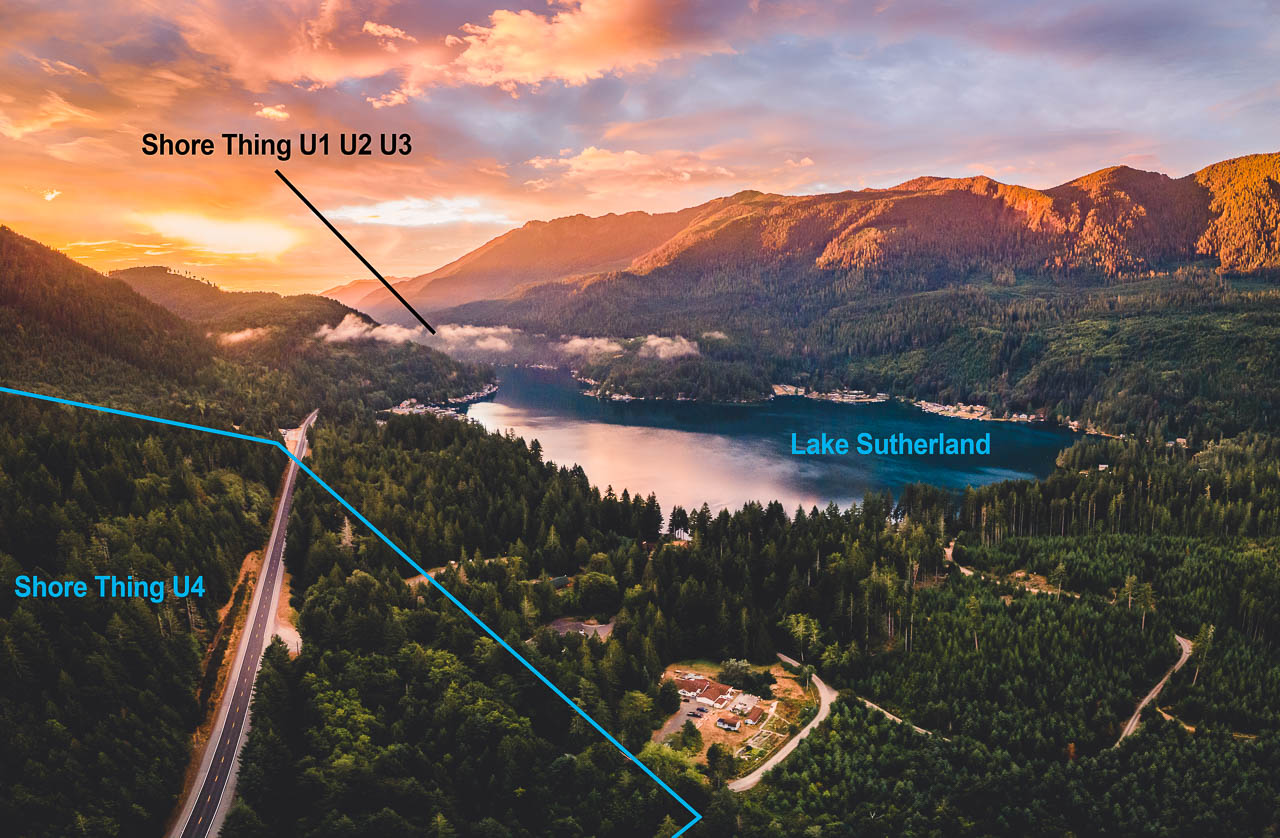
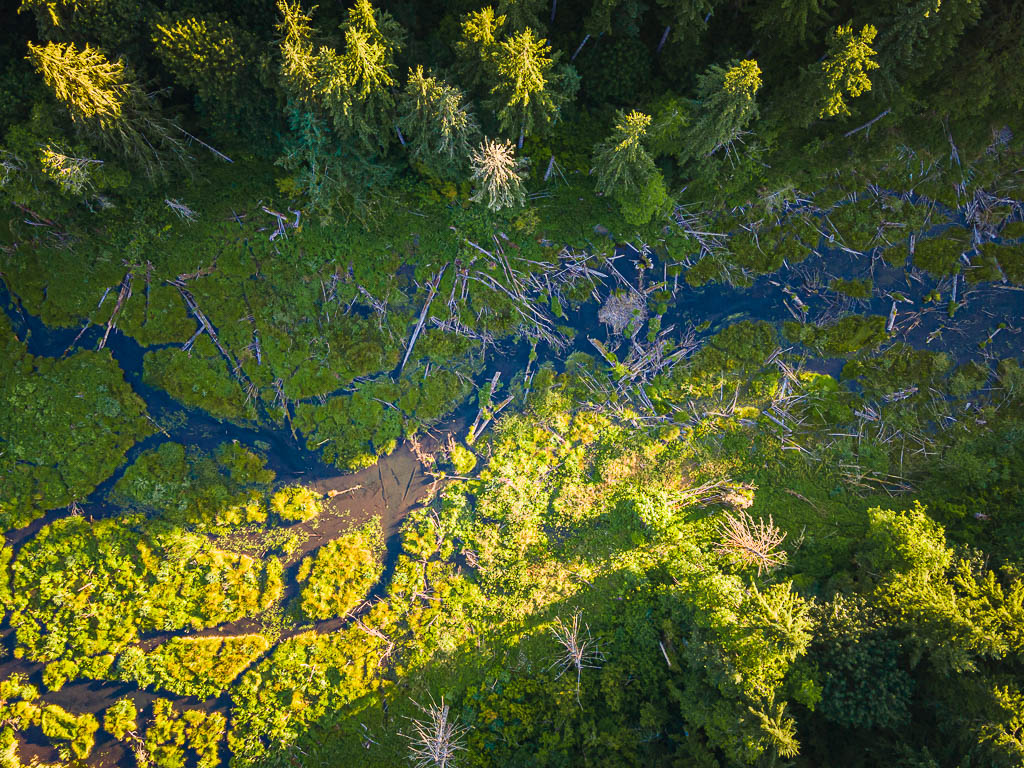
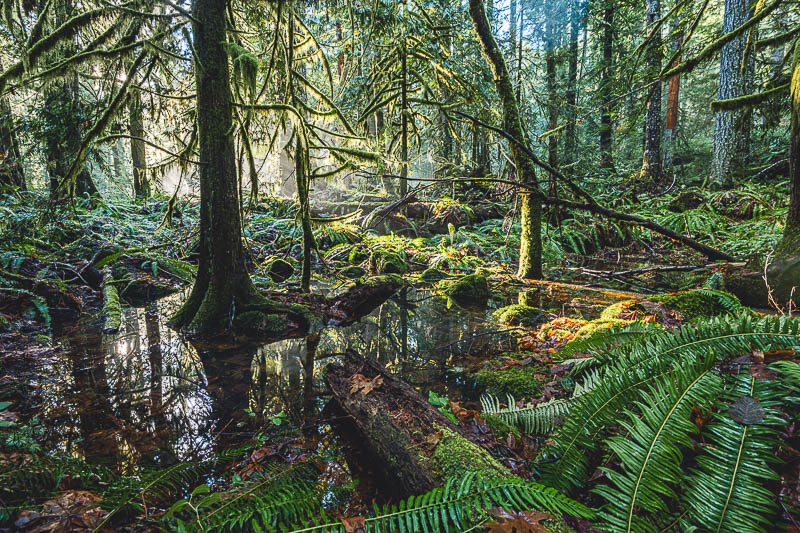
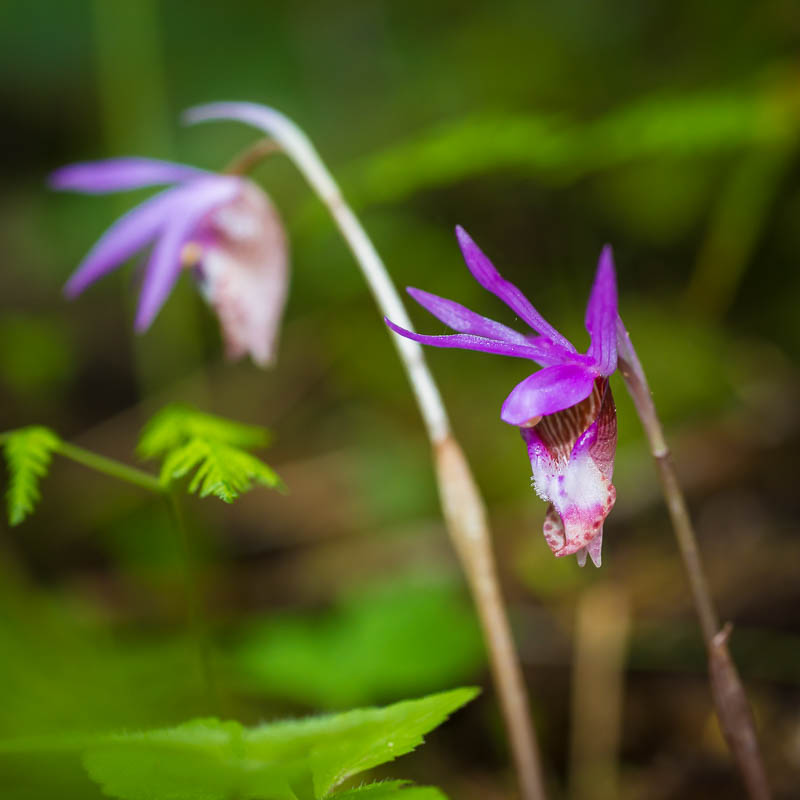
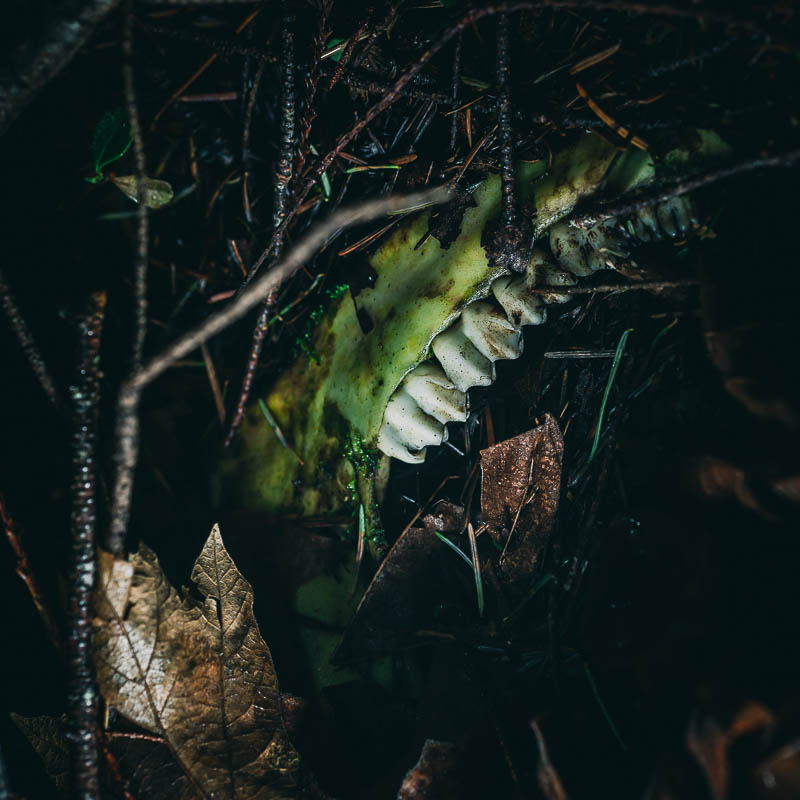
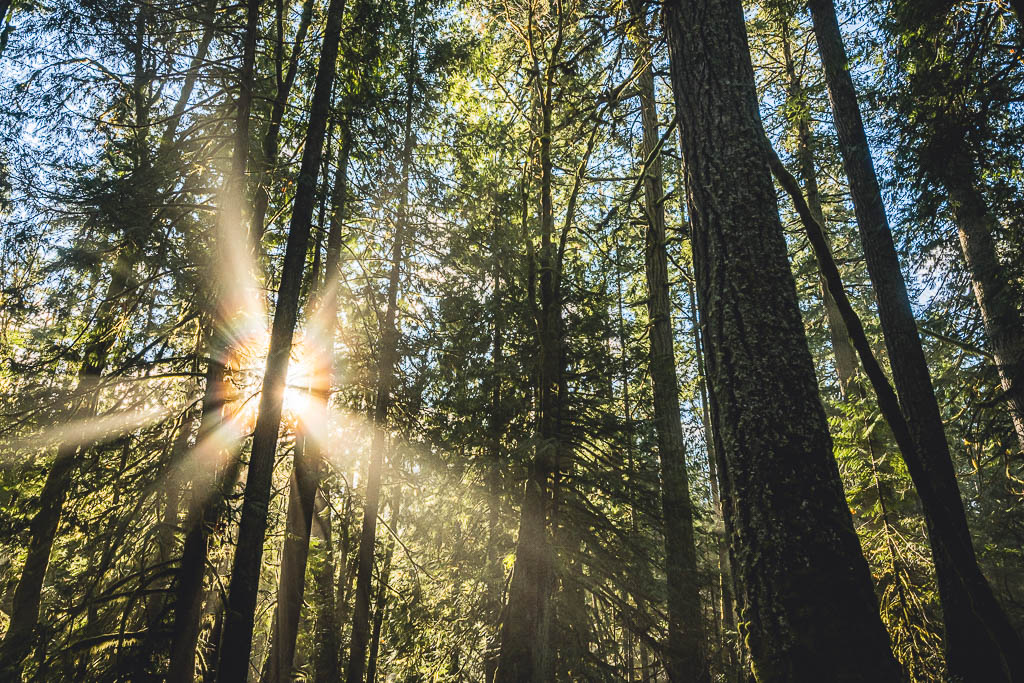

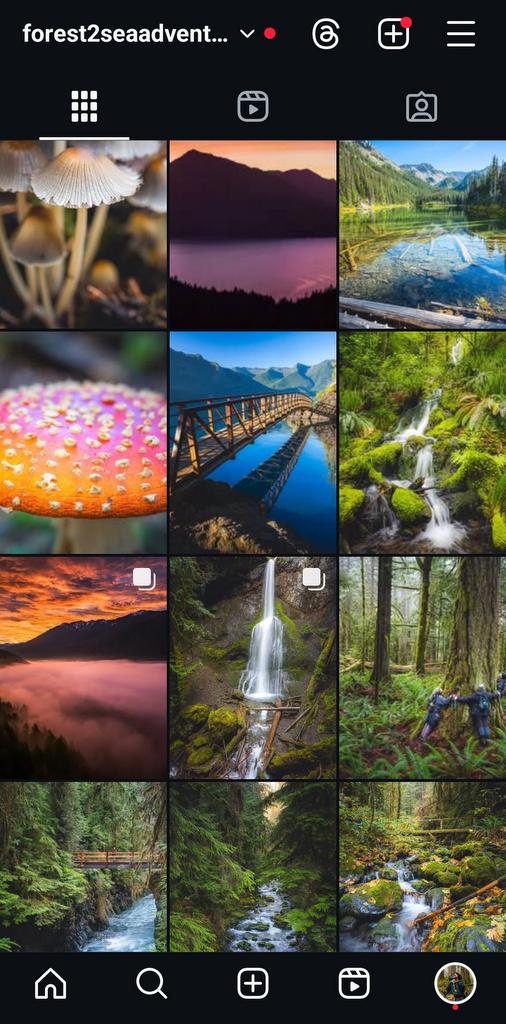

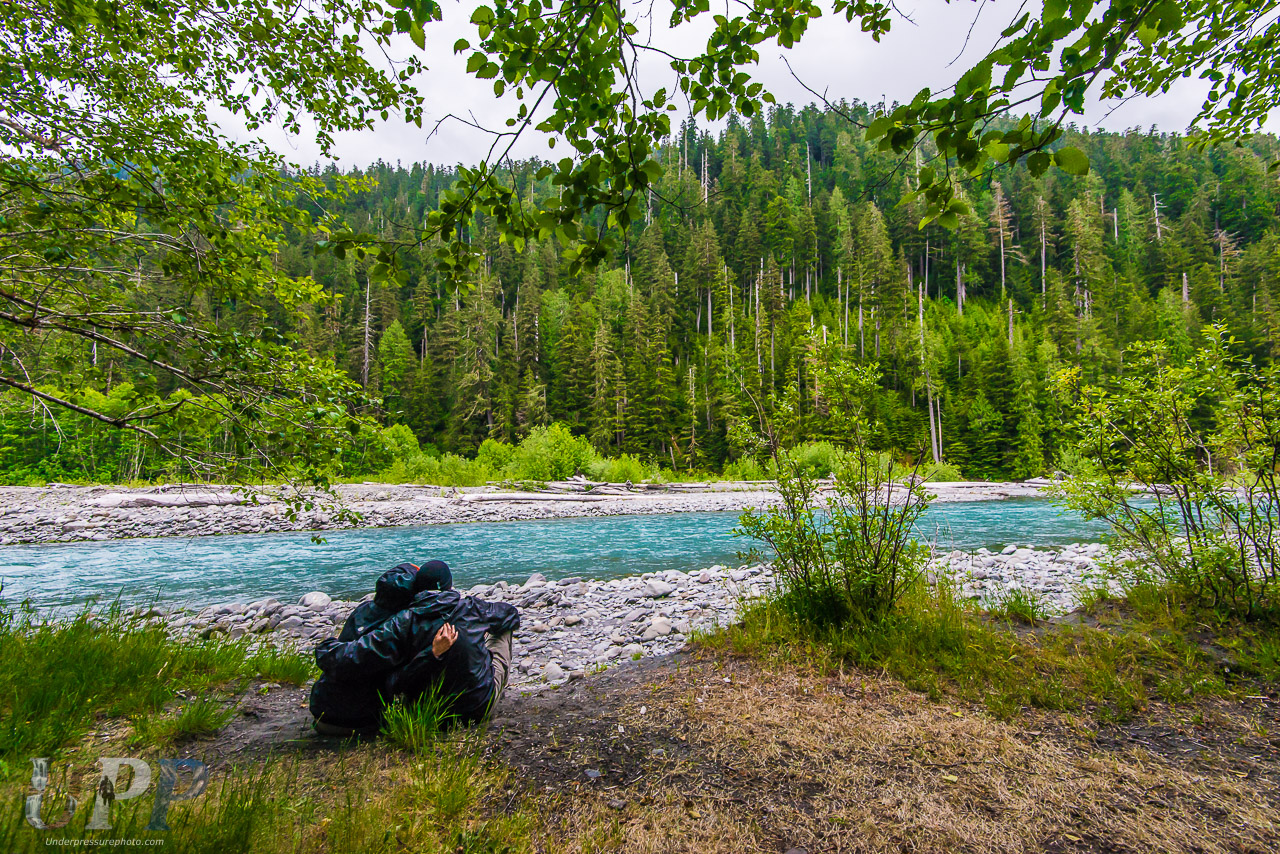
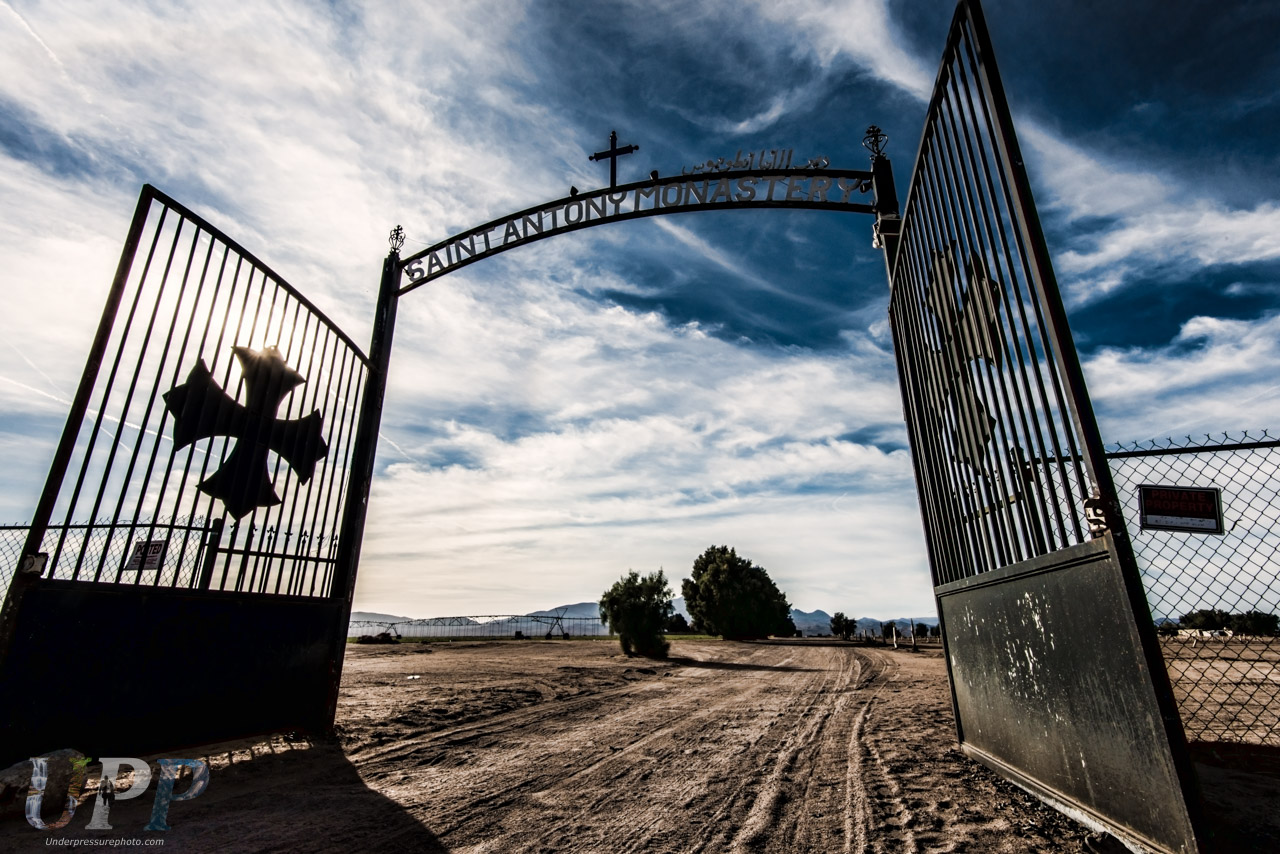
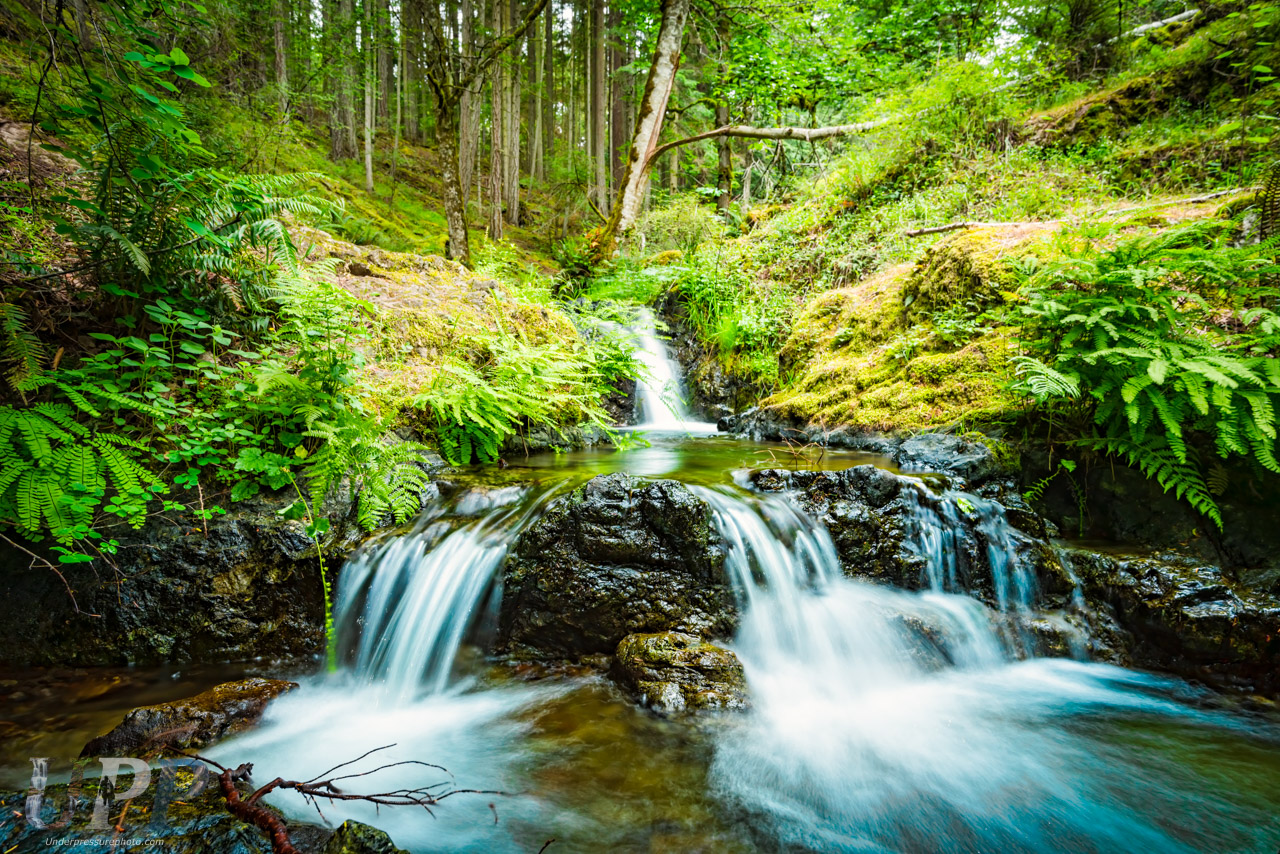
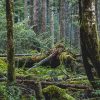
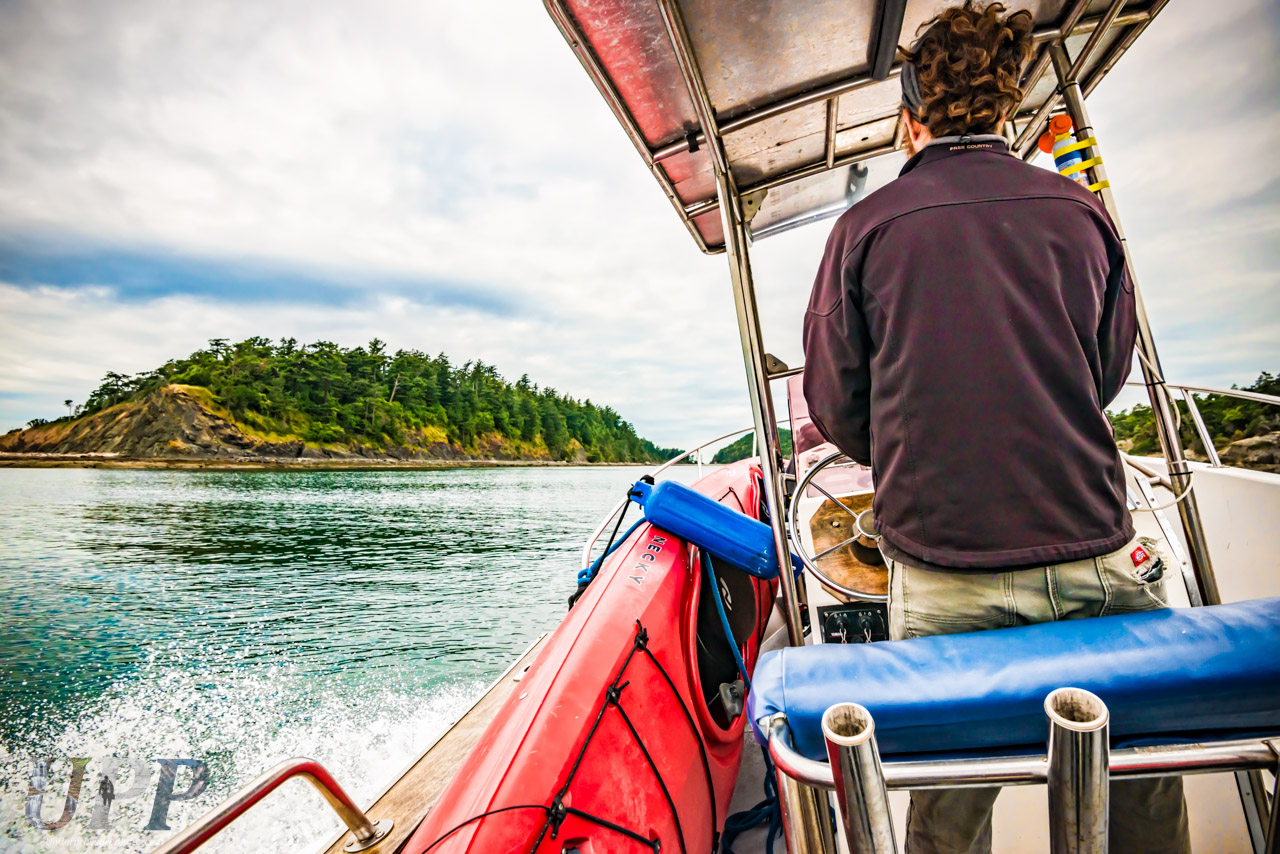
Your sharing lies and apparently I’m your only audience. You mentioned on your home page that carbon is quickly released back to the atmosphere after harvest. That is completely far from true but sound’s instigating to attract ignorant folks. In fact all the carbon sequestered in a tree can be sequestered and stored in the products manufactured from the tree . These products from trees can store carbon for 1500 years. Is the small amount of 3-5% legacy forests all you care about? Because it sounds like you want to save every tree. We’ll all assume you use zero wood fibers. What do you use in your daily life to avoid hurting a tree?
Thank you for the comment, Mr. Bekkevar, I appreciate the opportunity for dialogue with the owner of a local logging company. Unfortunately, the science disagrees with your assertion that “all the carbon sequestered in a tree can be sequestered and stored in the products manufactured from the tree”. In fact, the evidence shows (see the end for literature cited and calculations) that roughly 15% of the total carbon of the tree is stored in wood products after 100 years. If you take into account the logging residue (roots, stumps, small limbs) that quickly decomposes in the clearcuts, the processing that doesn’t result in lumber (bark, fuelwood and pulp), loss in the mills, and finally waste in furniture manufacturing and construction, it’s obvious that not 100% of the carbon could be preserved in the wood products. And that’s also not including what happens to furniture and construction over the decades – how much of it ends up in landfills, where it is eventually converted into an even more potent greenhouse gas – methane? If you have credible sources of science-based information that contradicts this, I’m open to reading and learning!
Our focus is on the older, mature forests that have greater biodiversity and greater carbon sequestration than plantation forests. As you will have seen in the video of the rally you were at, the speakers repeatedly said that we’re not against all logging and understand the value of the timber industry to our neighbors and friends here on the Olympic Peninsula. If the DNR is able to purchase replacement plantation forests for timber harvests and preserve these few old legacy forests, while still compensating trust beneficiaries, would you support that? There’s funding in the draft WA state senate budget (Page 320, Part 29) that would provide for just that. I think that’s something we can all support!
“Amounts provided by this subsection for carbon sequestration on identified state trust lands must be used to compensate trust beneficiaries and purchase replacement forestland”
The new 2023 UN IPCC synthesis report on climate change drives home how urgent action is for reducing our carbon emissions. We’re already at 1.1C degrees and there is little time to slow down the increasing greenhouse effect. Preserving our older forests is one of our greatest assets toward keeping a livable climate for humanity and our children!